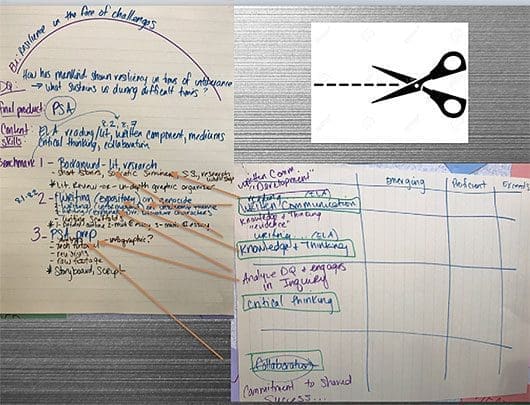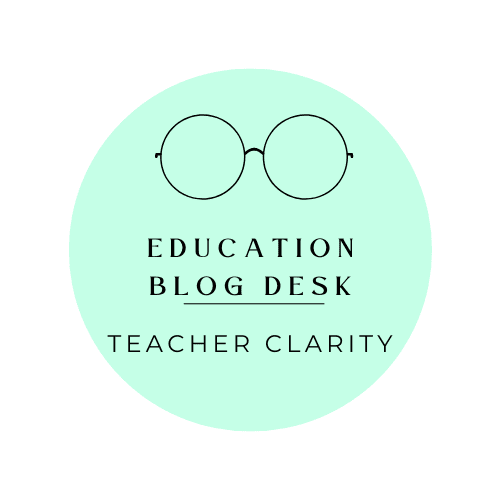The Building Blocks of Project-Based Learning
Lesson Plan Check List for PBL
Jennifer Pieratt, author of Project-Based Learning: Assessment and Other Dirty Words, provided some tips to help you integrate assessment best practices into your projects, while also helping you uphold rigor and student engagement:
- Start With The End In Mind
- Build Your Rubric Rows
- Benchmark Deliverables
- Calendar It Out
- Take It From The Experts
Start With the “End in Mind“
Pieratt (2018) suggests that Backward Design, an approach in which one plans with the desired outcomes in mind, is a common best practice for teaching. This type of practice is based on developing and using baseline understanding of knowledge within academic disciplines, as well as transferring this knowledge to other situations. According to the author, “High-quality PBL is grounded in these same foundations:” (pg. 2)
- Begin by deciding what the final product will be.
- Ask what knowledge students will need to master.
- Determine what skills students will need to develop to complete this final product.
Teachers must clearly identify the project content requirements and any district or school performance assessments to be included, to ensure students acquire the necessary content knowledge and skills.
Build Your Rubric: Summative Assessment Tool
When content and skills have been established, students must master the project. To ensure this, Pieratt suggests utilizing expert tools to construct your rubric based on expert tools, instead of creating one from scratch. An example of this can be found in the following:
Pieratt advises to analyze the rubric of websites and select two to three rubrics that illustrate the advanced 21st-Century skills and knowledge in your project.
Building Rubric Rows
According to Pieratt (2018), one can create a summative assessment tool with rubrics by copying and pasting descriptors from expert rubrics into a document, then adding language from content standards or district assessment tools to the rest of the rows. An example of this can be found in PBL lessons done with Boeing, which all include rubrics in the teacher materials.
Benchmarks
Benchmarks are the digestible chunks that break down your project and allow students to provide you with deliverables they reflect on and formatively assess, using 1-2 rows from your rubric. Sample benchmarks for a Public Service Announcement are listed below.

Calendar It Out
Pieratt (2018) suggests “Once you’ve identified your benchmarks, you know the project milestones, which will allow you to develop a project calendar for planning logistics. But more importantly, it will allow you to cross-check that you are formatively assessing and providing formal feedback to students at multiple points throughout the project. This step is critical in high-quality PBL, because it serves as a “safety net” to ensure that students are mastering content before moving forward. For more on formative assessment, check out Tch’s Formative Assessment Deep Dive.” (pg. 4) (To access Teaching Channel’s Formative Assessment Deep Dive video you need to subscribe to their membership)
Pieratt (2018) says “This step also affords you the opportunity to re-teach if needed, and better differentiate teaching and learning throughout the project process. Assessing and receiving feedback multiple times in a project allows students to fully develop their content mastery and skills, therefore moving to the right columns on your rubric.” (pg. 4)
Conclusion
When you embrace the assessment best practices into Project-Based Learning, it truly allows students to have ownership over their learning. When we’re upfront with students about what we expect from them (through tools such as rubrics), learning doesn’t feel like a mystery.
